Retro Replay Review
Gameplay
Chocolatier delivers a two-pronged gameplay loop that blends strategic business simulation with lighthearted minigame sequences. In the strategic portion, you manage factories, shops, and supply chains across Europe, the Americas, and beyond. You’ll negotiate bean purchases, balance inventory levels, and research new recipes that boost your brand prestige. The decisions you make—whether to invest in a cocoa plantation in the Congo or to secure rare spices in India—directly affect your profit margins and product offerings.
The game offers both a structured story mode and an open-ended free play mode. In story mode, you’re tasked with rescuing a once-thriving chocolate empire from financial ruin, following a narrative that gradually unfolds as you hit revenue targets and unlock clues to secret recipes. Free play mode removes storyline constraints and lets you build your chocolate empire from scratch, setting your own goals and experimenting with every possible ingredient combination without a timer or scripted objectives.
Minigames occur whenever you discover a new recipe or decide to produce a batch of chocolates. These sequences are simple yet charming: you’ll stir ingredients, temper your mixture, and decorate bars using timed clicks or drag-and-drop mechanics. While they won’t challenge hardcore arcade fans, the minigames add a hands-on feel to the manufacturing process and reward you with quality multipliers that can make or break your bottom line in competitive markets.
Balancing the strategic layer and the minigames keeps the pacing varied. You might spend ten minutes plotting a new distribution route across the Alps, then switch gears to carefully craft jeweled truffles for a wealthy patron. This ebb and flow ensures that even long play sessions remain engaging, as neither the board-game–style negotiations nor the interactive candy-making sequences overstay their welcome.
Graphics
The visual presentation in Chocolatier leans into a warm, late 19th-century aesthetic, with illustrated backdrops of cobblestone streets, lush tropical plantations, and ornate chocolate parlors. Character portraits are hand-drawn and expressive, giving life to shopkeepers, rival entrepreneurs, and local suppliers you’ll meet on your travels. Though rendered in 2D, the art style conveys a sense of period charm and luxury that suits the subject matter perfectly.
The user interface is elegant and functional. Menus for factory upgrades, bean inventories, and financial ledgers are neatly organized into tabs, allowing you to switch between production stats and market prices without getting lost. A world map pins the locations of suppliers and buyers, color-coding regions by current demand levels or special events like chocolate fairs.
During minigames, vibrant animations bring each stage of chocolate creation to life. Ingredients swirl in the cauldron, molds fill with glossy liquid, and the final garnish twinkles under a spotlight. These effects, while simple, provide satisfying feedback on your timing and accuracy. Sound design reinforces each action: the clink of cocoa beans in a bag, the hiss of a steaming kettle, and the soft chime when you craft a perfect batch.
While graphics may feel dated compared to modern 3D titles, the art direction holds up thanks to its consistency and attention to historical detail. Fans of retro or indie sims will appreciate the nostalgic polish and the fact that every pixel seems deliberately placed to evoke the golden age of confectionery.
Story
In story mode, you inherit a struggling chocolatier’s legacy and must restore the business to its former glory. Early chapters focus on reclaiming dilapidated shops in Paris and securing rudimentary supply lines. As you gain momentum, the narrative introduces colorful characters—an eccentric cocoa trader in Venezuela, a skeptical quality inspector in London, and a mysterious benefactor who hints at a legendary “Moonlit Truffle” recipe.
Dialogue is light but engaging, punctuated by historical tidbits about the cocoa trade, imperial competition for exotic spices, and the social trends that drive chocolate consumption among Europe’s elite. Quest objectives tie directly into the story: rescuing a marooned shipment of beans, outbidding a rival at auction, or auditioning works of chocolate art for a royal exposition. These missions give structure to your globe-trotting and keep each chapter feeling purposeful.
Free play mode omits the narrative scaffolding, focusing purely on sandbox choices. While some players may miss the gradual reveal of backstory and mission-based progression, others will relish the freedom to jump right into production, testing dozens of recipes without worrying about cutscenes or deadlines. It’s a testament to the game’s design that both modes feel complete and rewarding in their own right.
Overall, Chocolatier presents a simple but effective storyline that complements the management gameplay rather than overshadowing it. Whether you’re driven by storybook ambition or entrepreneurial spirit, you’ll find plenty of motivation to keep clicking through the next port of call.
Overall Experience
Chocolatier strikes a delightful balance between strategy, exploration, and lighthearted crafting. It’s easy to learn yet offers depth for players who enjoy tracking market fluctuations, optimizing logistics, and hunting exotic ingredients. The dual-mode design means you can approach the game as a narrative journey or as an open-ended tycoon exercise, whichever suits your mood.
While not aimed at action-game fans, the title has unexpected replay value thanks to the combinatorial explosion of recipes you can discover. Mixing different regions’ beans with spices, nuts, and liqueurs produces a catalog of chocolates that can exceed a hundred unique varieties. Unlocking each new recipe feels like uncovering a piece of confectionery lore—and it often requires creative route planning or a clever negotiation to obtain rare components.
There are occasional pacing lulls, particularly when funds run low and you must grind basic batches to rebuild capital. However, these stretches mirror the very real challenges of entrepreneurship—risk, investment, and the occasional setback. And when you finally unveil a blockbuster chocolate at a world fair or corner the market in a new city, those earlier struggles feel worthwhile.
For anyone with a sweet tooth, a love of historical settings, or an interest in business sims, Chocolatier offers a unique, addictive journey. It may not dazzle with high-end graphics, but its charming art, robust mechanics, and engaging minigames come together to create a satisfying confection of gameplay that you’ll return to time and again. Perfect for casual afternoons or longer strategy sessions, this is one recipe you’ll gladly keep re-mixing.
 Retro Replay Retro Replay gaming reviews, news, emulation, geek stuff and more!
Retro Replay Retro Replay gaming reviews, news, emulation, geek stuff and more!
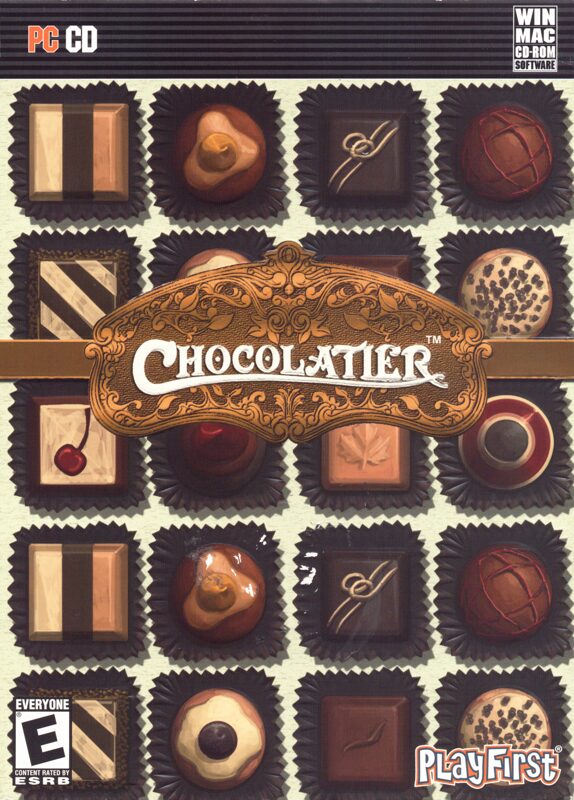
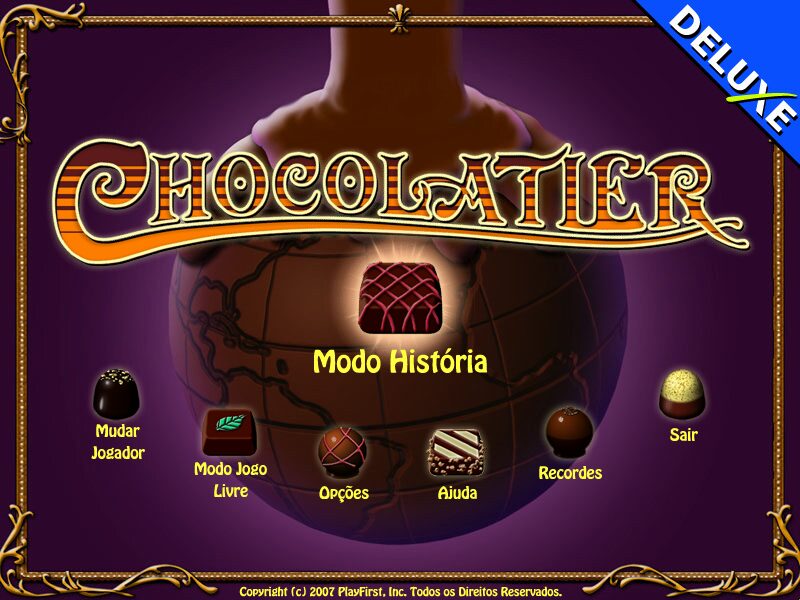
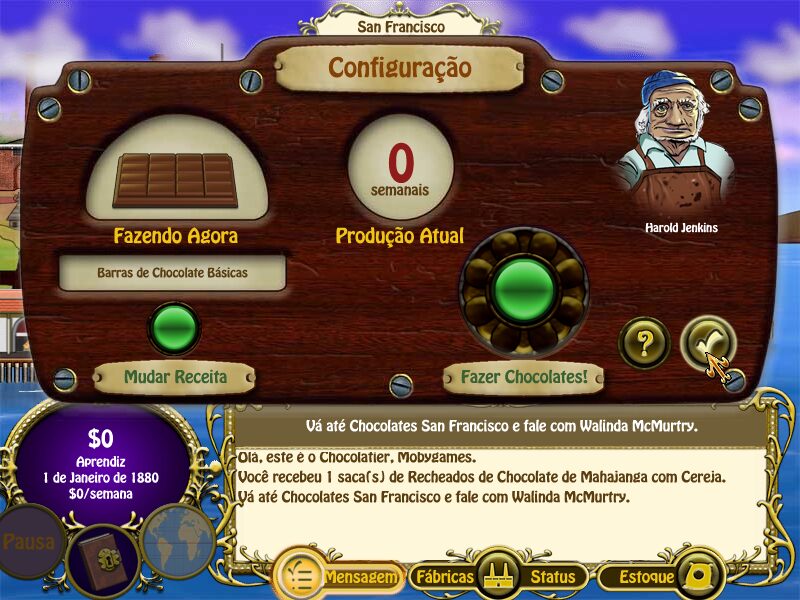
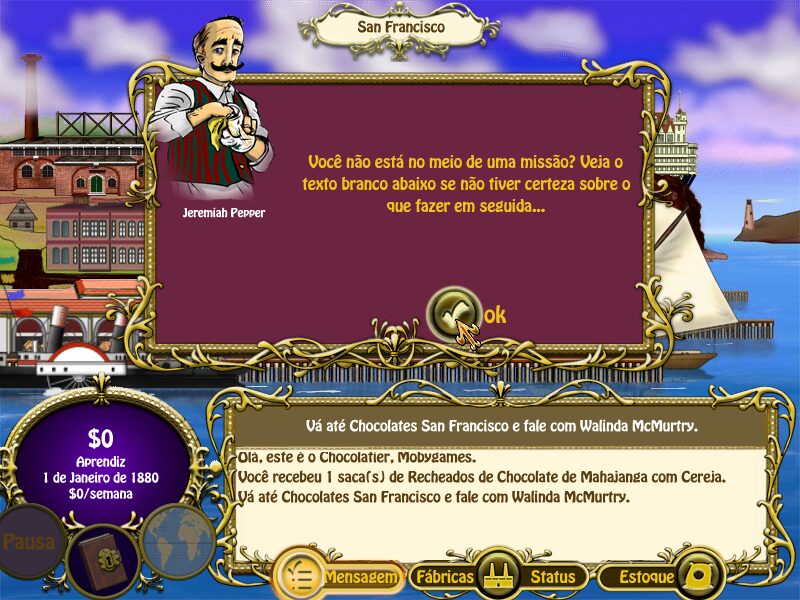
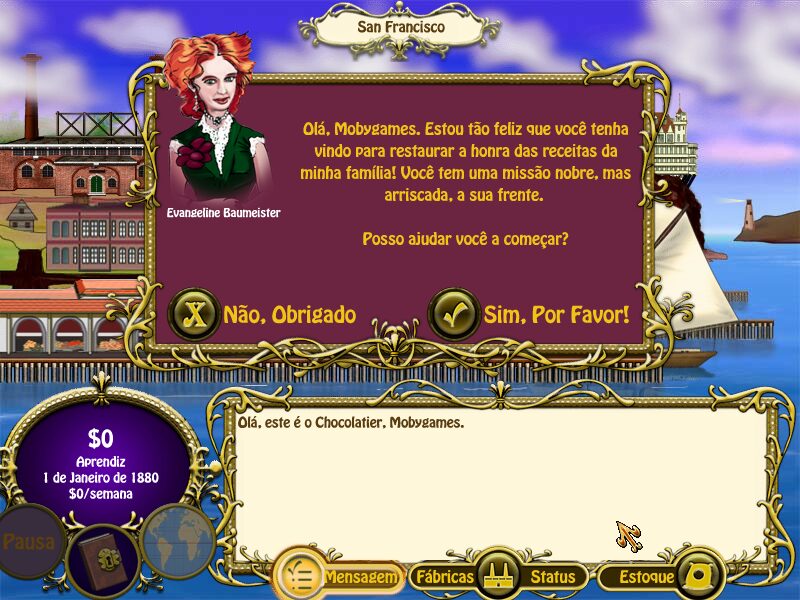
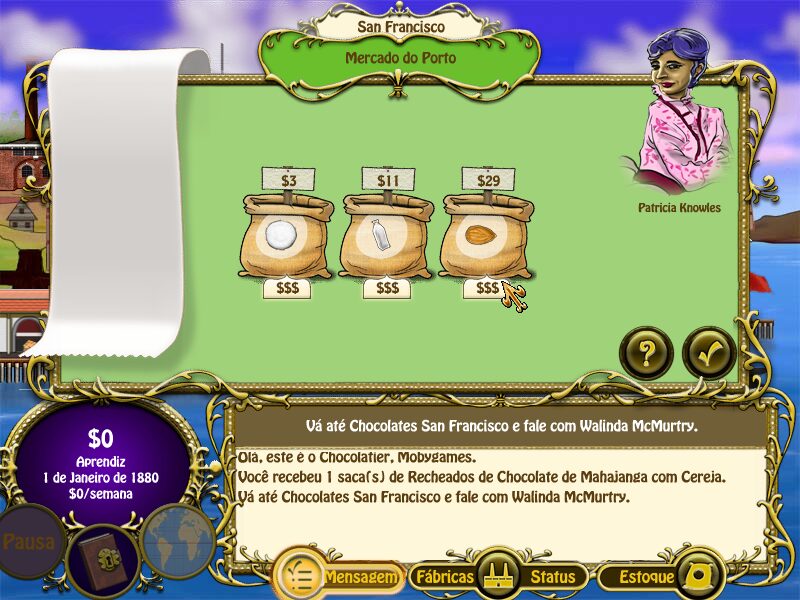



Reviews
There are no reviews yet.